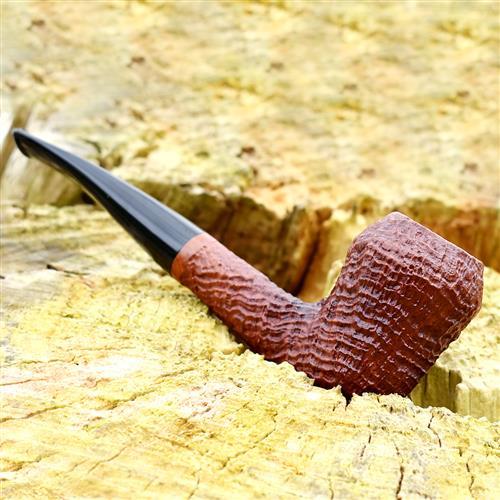Handmade
Introduction:
Handmade cigars are a product of a centuries-old tradition that has been passed down from generation to generation. The art of crafting handmade cigars is a true work of art that requires skill, patience, and dedication. In this article, we will delve into the process of making handmade cigars, from growing the tobacco to rolling and quality control.
Growing Cigar Tobacco:
The first step in making a handmade cigar is growing the tobacco. This process requires fertile soil, a temperate climate, and the right balance of water and sunshine. The tobacco seeds are planted in seedbeds and then transplanted to the fields, where they grow to maturity. The leaves are harvested when they are ripe, then hung to dry, or cured.
The Curing Process:
Curing tobacco is a process that removes moisture and breaks down the chlorophyll in the leaves. This can be done in one of three ways: air-curing, fire-curing, or flue-curing. Air-curing exposes the tobacco leaves to the air, fire-curing involves smoke to cure the leaves, and flue-curing uses hot air to cure them. The curing method depends on the tobacco type and desired flavor.
Fermenting the Leaves:
After the leaves are cured, they are usually fermented. Fermenting gives the tobacco a distinctive flavor and aroma. Tobacco leaves are placed in piles or bulks, then pressed and monitored for temperature and humidity. Fermentation can last for weeks or months, and the leaves are turned frequently to ensure even fermentation.
Sorting and Stripping the Leaves:
The next step is sorting and stripping the tobacco leaves. The leaves are sorted by size, quality, and strength. Then, they are stripped of their midribs, which can add bitterness to the cigar if left in. The leaves are then sorted by color and texture and are ready to be rolled.
Rolling the Cigar:
Rolling a cigar is a precise process that requires skill, experience, and a steady hand. The leaves are placed in a specific order to achieve the desired flavor, strength, and aroma. The cigar maker must also control the shape, size, and density of the cigar. After the roll is complete, the cigar is cut to size and is ready to be finished.
Quality Control:
Handmade cigars go through a rigorous quality control process to ensure they are of the highest quality. The cigars are inspected for consistency of flavor, strength, and aroma. Each cigar is tested for draw and burn. If the cigar does not meet the standards set by the manufacturer, it is discarded.
Why Cigars Have Bands and Cellophane:
Cigars often have a band of paper or a cellophane wrapper around them. The band usually displays the cigar brand or logo. The cellophane wrapper protects the cigar from damage and keeps it fresh. Some cigar aficionados prefer to remove the cellophane wrapper when storing their cigars.
Conclusion:
Handmade cigars are a unique experience for cigar connoisseurs. The process of making handmade cigars requires skill, patience, and dedication. From growing the tobacco to rolling and quality control, each step is essential to creating the perfect cigar. The next time you light up a handmade cigar, take a moment to appreciate the artistry and tradition that goes into each one.
